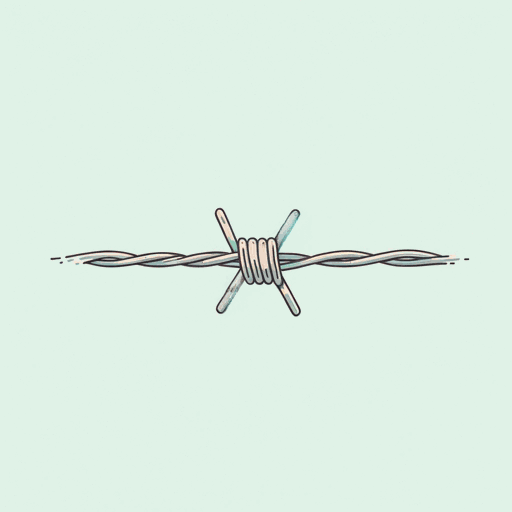35 pages • 1 hour read
George TakeiThey Called Us Enemy
Nonfiction | Graphic Novel/Book | Adult | Published in 2019A modern alternative to SparkNotes and CliffsNotes, SuperSummary offers high-quality Study Guides with detailed chapter summaries and analysis of major themes, characters, and more.
Pages 61-100Chapter Summaries & Analyses
Pages 61-100 Summary
George’s mother uses a sewing machine that she smuggled in to make curtains and rugs for their cabin. She is shown to be a homemaker, but George will later understand that her small acts are statements of defiance.
George’s father experiences the camp in a different way. He is stoic but internally tormented by their situation. Rather than give in to the uncertainty, fear, and injustice, he becomes part of the community and helps anyone he can find. The responsibility gives him purpose and eases his emotional pain.
Takei uses his father’s meetings with the other families to break down the different generations of Japanese found in Camp Rohwer: the Issei, Nisei, and Sangei. The Issei left Japan for America and are first-generation Americans. The Nisei are the second generation, born in America, and the Sangei are children of the Nisei.
The men in the camp build boardwalks to keep the grounds from becoming muddy and dangerous during rainstorms. The roads help, but there are growing problems with the lack of privacy in the cabins and the quality of the food. George’s father becomes a representative of the camp, serving as the Block Manager. He is 39 years old, which makes him a logical bridge between the older and younger generations.

